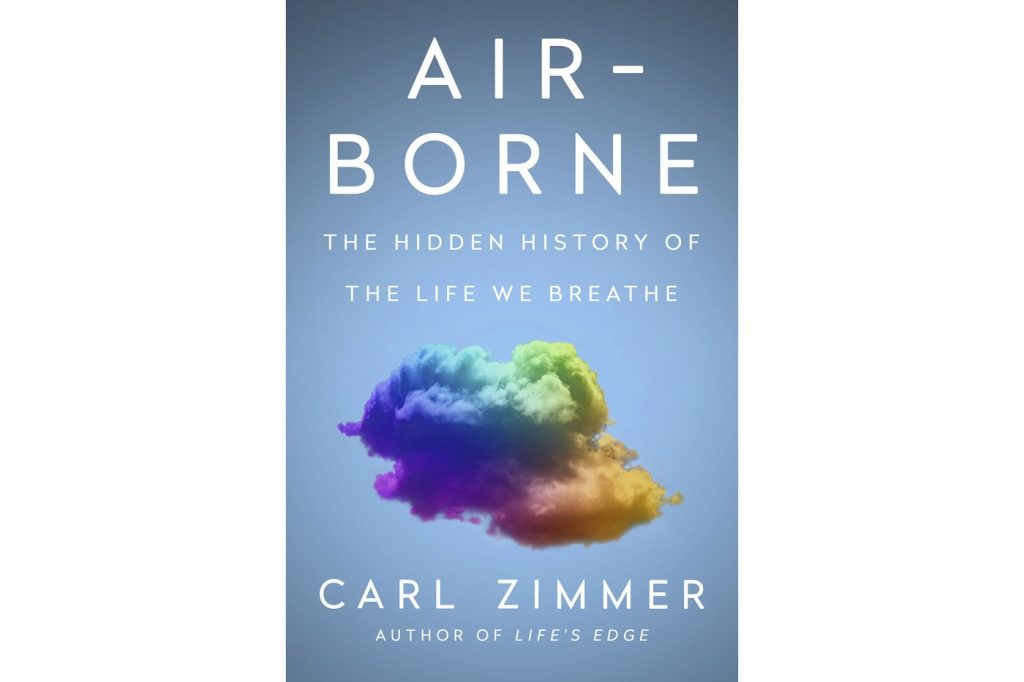"Air-Borne: The Hidden History of the Life We Breathe," authored by Carl Zimmer, delves into the intriguing subject of aerobiology, transforming what could be a dry scientific narrative into a gripping blend of detective work and horror storytelling. This work brings to light the critical importance of airborne life studies, particularly in the context of modern challenges like the COVID-19 pandemic.
The book journeys through the fascinating history of aerobiology, starting from the notable experiments of Louis Pasteur, who famously conducted research while holding a glass globe on a glacier. This historical backdrop sets the stage for understanding the evolution of how airborne pathogens have been studied, particularly as scientists today grapple with diseases that spread through the air, such as COVID-19 and influenza.
Zimmer’s narrative emphasizes the significant role that aerobiology plays in public health. Not only does it provide insights into the transmission of pathogens, but it also highlights the contributions of relatively unknown figures in this field. One such individual is William Firth Wells, recognized as a pioneer in aerobiology. His work was instrumental in comprehending the mechanisms through which airborne diseases spread, especially during the tumultuous times of the pandemic.
The author also addresses the darker side of scientific discoveries. He illustrates how the contributions of Wells and others were sometimes misappropriated for the development of biological weapons, shedding light on the ethical and societal implications of scientific research in aerobiology.
One of the most haunting aspects of Zimmer’s book is his account of the COVID-19 outbreak that occurred among a choir in Washington State. This real-life incident serves as a chilling example of how easily airborne viruses can spread in communal settings. Through this narrative, Zimmer effectively highlights the tension and confusion among health officials during the pandemic, particularly regarding the communication that COVID-19 was airborne. The reluctance to clearly convey this information complicated public health responses and awareness.
Zimmer poignantly asserts that the pandemic made “the ocean of gases surrounding us visible,” emphasizing the profound yet often unnoticed aspects of the air we breathe. His work serves as an essential guide to understanding this metaphorical ocean, allowing readers to engage with the complexities of airborne life and its impact on human health.
This book is not merely a scientific account; it is a vital exploration that merges history, ethics, and public health. Zimmer's ability to weave together storytelling with rigorous scientific discourse is commendable, making "Air-Borne: The Hidden History of the Life We Breathe" a significant contribution to both literature and the scientific community's understanding of aerobiology.










